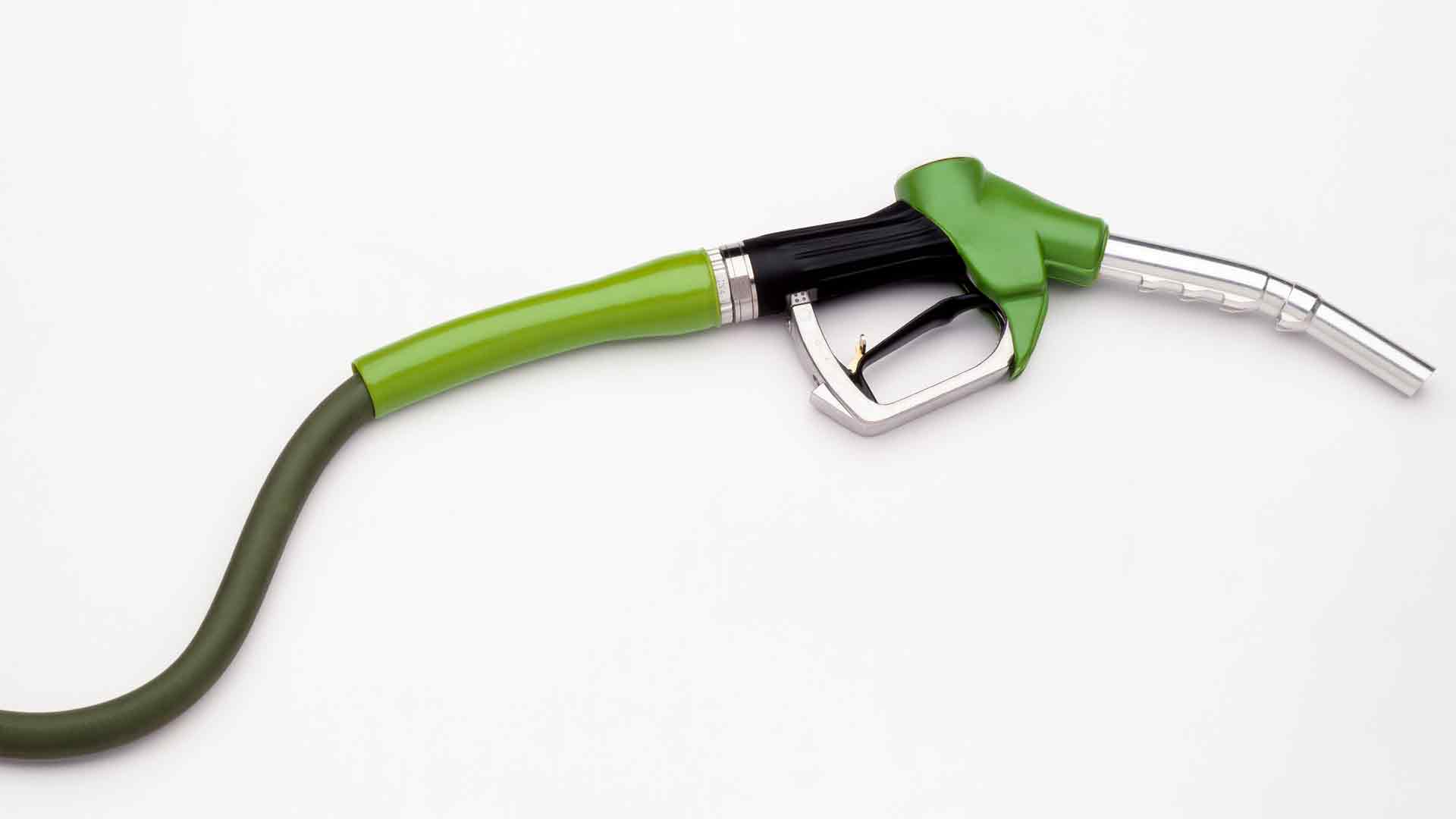–by Dan Lemke
Minnesota has long been a leader in the development and acceptance of biodiesel. AURI scientists were among the first to research biodiesel’s potential back in the early 1990s. After decades of work, biodiesel became accepted as a viable alternative fuel and was designated by the U.S. Environmental Protection Agency as the nation’s first advanced biofuel. It’s currently blended at a 10 percent level with diesel sold in Minnesota during the summer months and 5 percent year round.
While its primary focus in the Midwest has been as a transportation fuel, home heating is potentially an equally exciting biodiesel opportunity.
Bioheat® is a blend of biodiesel and heating oil. Even low biodiesel blends substantially reduce particulates and other emissions often equated with heating oil. Use of low sulfur fuel and biodiesel puts Bioheat on par with natural gas when it comes to emissions.
Heating oil is widely used throughout the northeastern United States. Because of competition from other fuels perceived as cleaner than heating oil, its consumption was dwindling rapidly. With the advent of Bioheat, the industry now offers consumers an environmentally-friendly fuel alternative that has resurrected heating oil.
“There is a tremendous opportunity for Bioheat,” says Doug Root, AURI senior scientist of biomass and renewable products technologies. “New England states use about 6 billion gallons of heating oil annually.” Root’s views on the Bioheat opportunity were recently presented at the Bioheat forum hosted by the Minnesota Soybean Growers Association.
Bioheat blends typically range from 2 percent to 5 percent biodiesel. New York City, for example, has a 2 percent biodiesel requirement and is considering a move to a 5 percent blend by 2016 and 20 percent by 2030.
“Bioheat becomes an even bigger opportunity as the percentages move up,” Root adds. “Thirty percent of a 6 billion gallon market is 1.8 billion gallons, which is about how much biodiesel is produced nationally right now. Those gallons would be on top of what we already use for transportation fuel.”
The U.S. produces about 2 billion gallons of biodiesel each year, largely from vegetable oils like soybean and corn oil. Minnesota’s annual production is about 64 million gallons.
Proponents call this a “match made in heaven”. Biodiesel use for transportation is highest in the warm weather months while Bioheat is in demand in the winter. This additional year-round biodiesel demand could benefit Minnesota processors and farmers.
“If the demand for biodiesel, either in diesel fuel here in Minnesota or heating oil in the Northeast continues to grow, that holds up soybean prices so they’re more stable and less prone to dips when South American soybeans hit the market during our winter,” says Mike Youngerberg, senior director of field services for Minnesota Soybean. “Economic studies show that biodiesel continues to deliver a return on investment of 74 cents per bushel of soybeans.”
Many New England heating oil providers are small, family businesses. Bioheat has breathed new life into many businesses by giving consumers a cleaner option.
“It’s the perfect opportunity to reinvent the industry with a fuel you have in abundance,” says Paul Nazzaro, president of the Nazzaro group and petroleum liaison to the National Biodiesel Board.
Root says technical requirements for home heating are less demanding than for transportation fuels. Fuel is stored indoors, burners are fixed instead of mobile and they have different thermal cycles. AURI is expecting to be actively involved in supporting the utilization of Minnesota produced biodiesel in the U.S. Bioheat markets.
“It provides another use to grow our production capacity,” Root adds.
“Economic studies show that biodiesel continues to deliver a return on investment of 74 cents per bushel of soybeans.” Mike Youngerberg, senior director of field services for Minnesota Soybean
